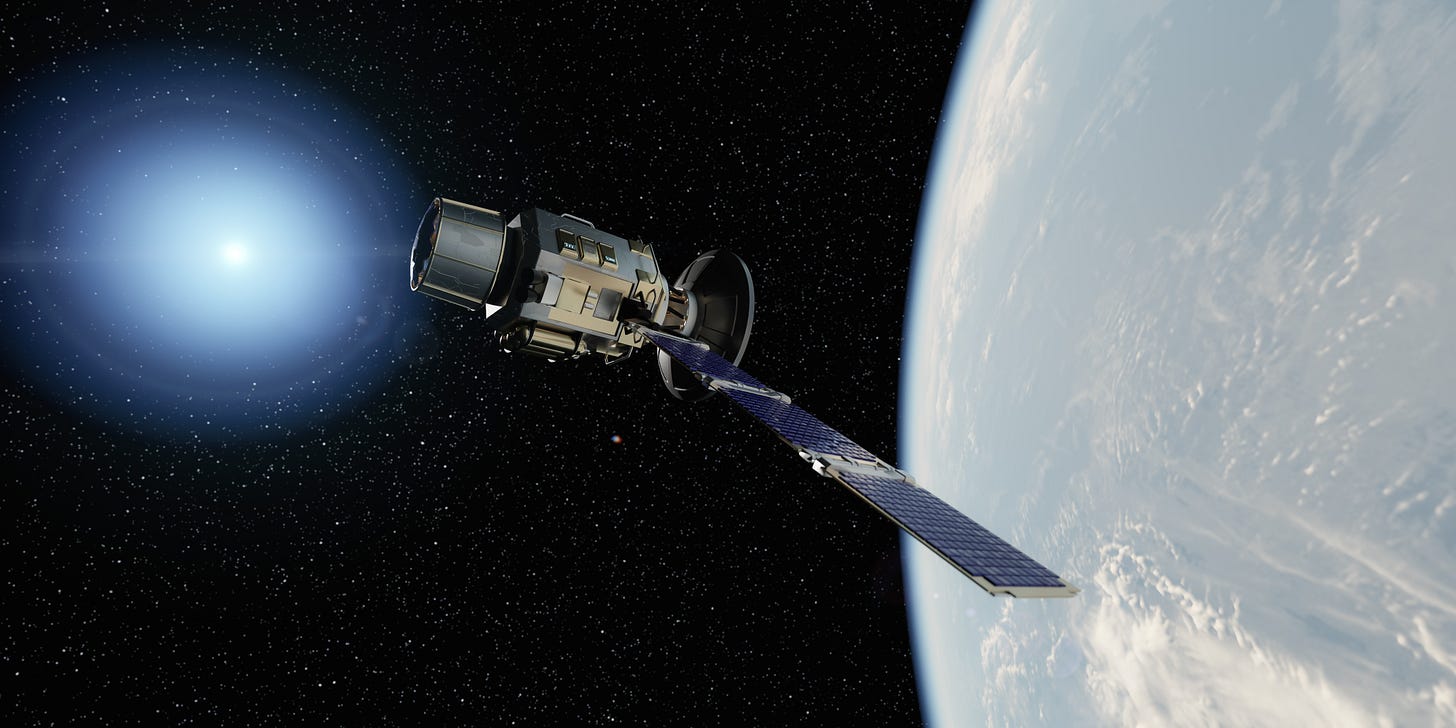Russia’s Nuke Doomsday Satellite is Spinning Uncontrollably
Low Earth Orbit is the new high ground, and it's getting crowded
It started in early 2024, with a single cryptic press conference that sent the national security community into overdrive.
National Security Advisor Jake Sullivan stood at the podium and warned that the "Gang of Eight" — the senior leadership of Congress — would be briefed immediately on a “highly concerning and…
Keep reading with a 7-day free trial
Subscribe to Eyes Only with Wes O'Donnell to keep reading this post and get 7 days of free access to the full post archives.



